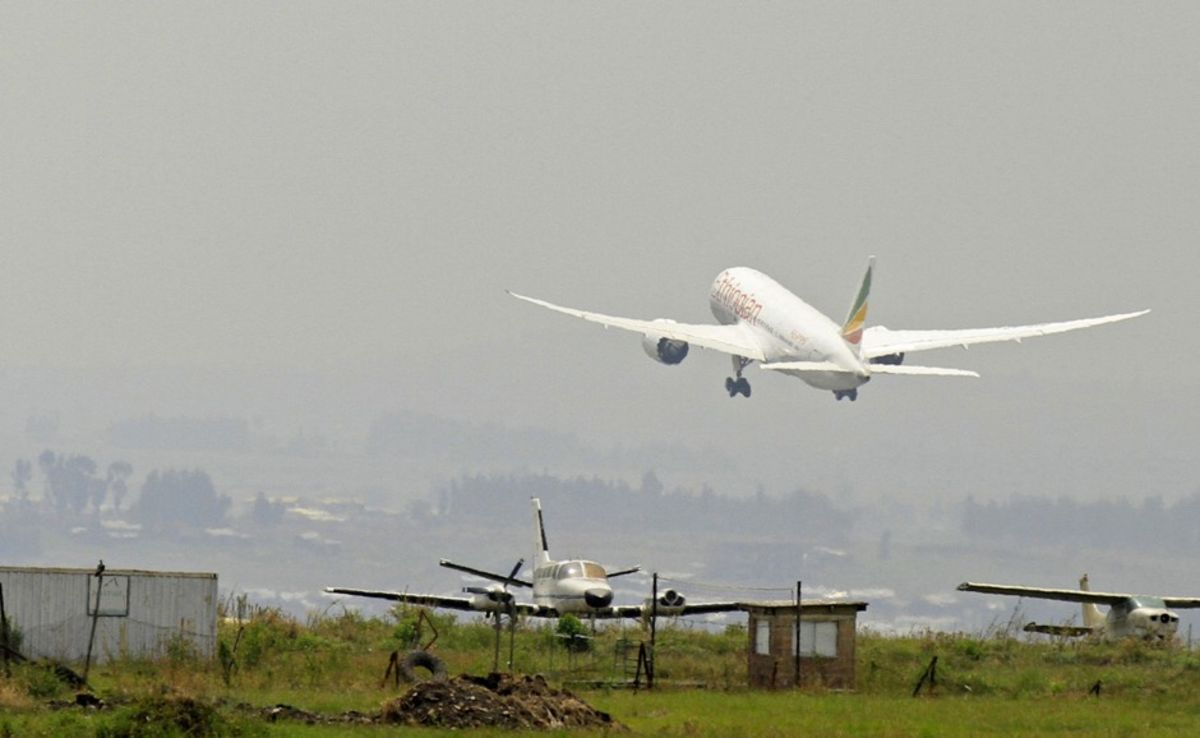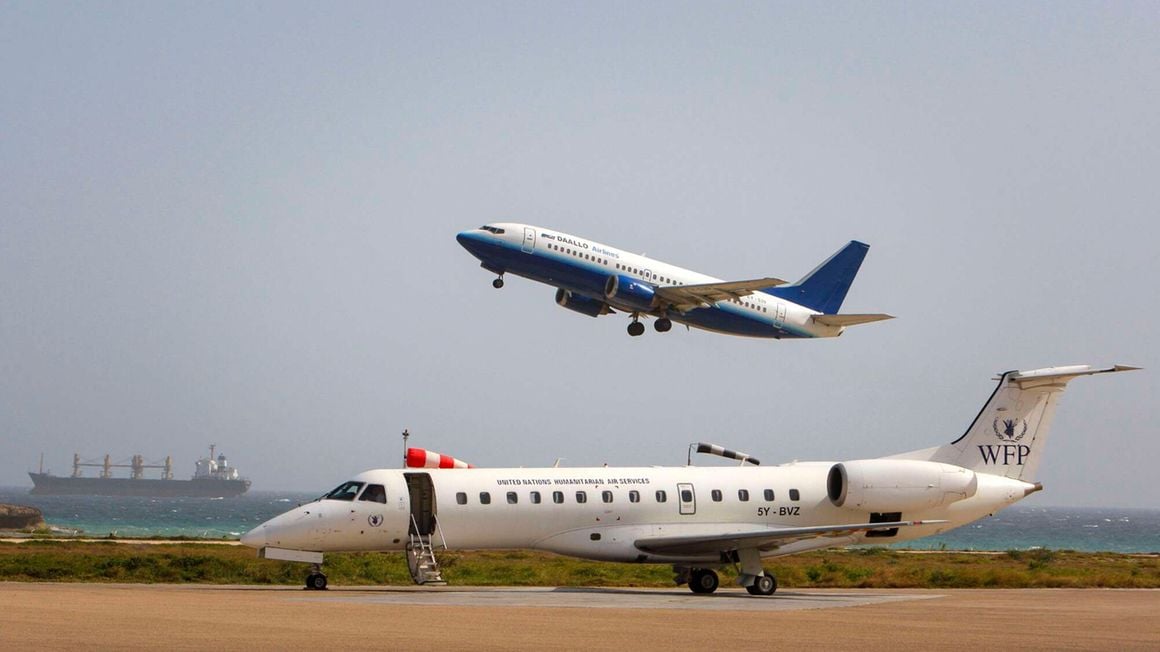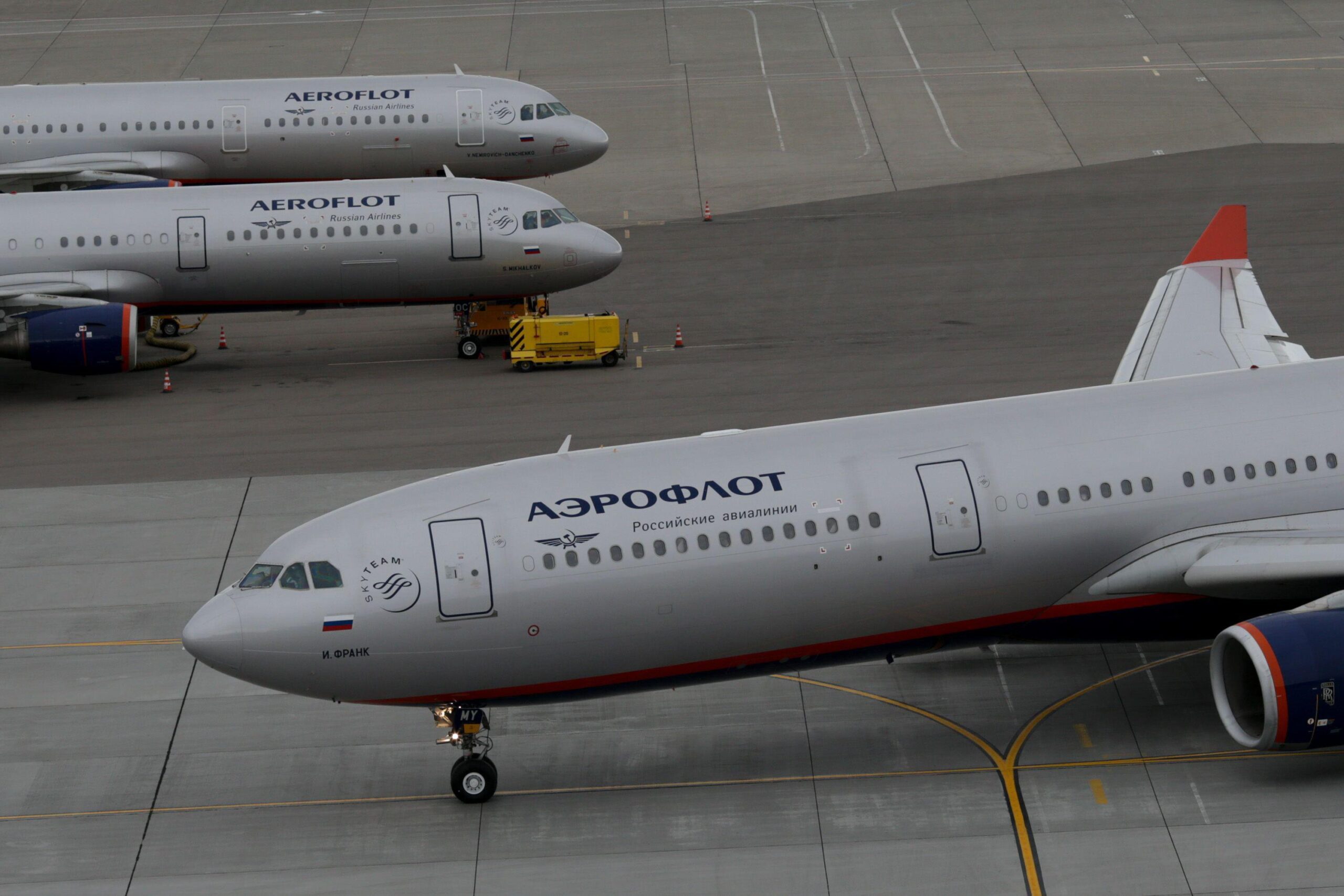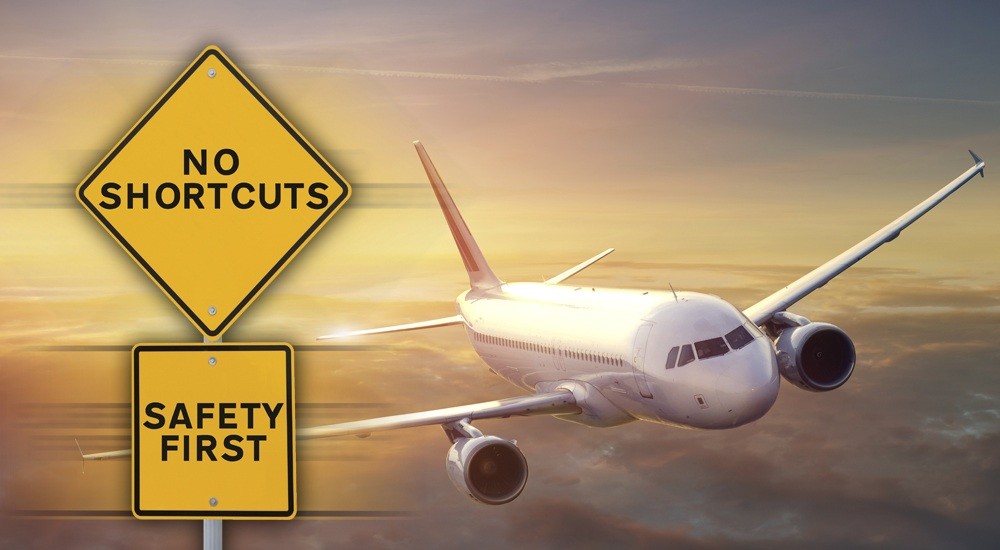Some African countries have surpassed pre-covid arrival numbers and revenue levels
The return of Chinese tourists to Africa and a full resumption of operations on international routes by African airlines are the latest indicators of a rebounding tourism industry, badly hit by the covid-19 pandemic two years ago.
China has picked three African countries—Egypt, Kenya, and South Africa—among 20 across the globe for piloting outbound group tours, nearly a month after lifting travel restrictions.
According to a ministerial notice published on Jan. 20, Chinese travel companies will be allowed to provide travelers with airline and hotel packages to selected countries starting Feb. 6.
“From now on, travel agencies and online travel companies can carry out preparations for product releases, publicity and promotion,” read the document.
Chinese tourists are coming back to Africa
A week before this, the Egyptian capital welcomed the first tourists from China since the outbreak of covid-19, following a visit by China’s Foreign Minister, Qin Gang.
United Nations World Travel Organisation’s latest World Tourism Barometer confirms the return of Chinese tourists will significantly boost Africa’s international arrival numbers and push them to 2019 levels.
“The removal of covid-19 related travel restrictions in China, the world’s largest outbound market in 2019, is a significant and much-welcomed step to the recovery of the tourism sector in Asia and the Pacific and worldwide” according to the report.
In a recent speech, China Tourism Academy President Dai Bin said destination Africa needed to optimize its promotion strategy and improve its hospitality system for the Chinese market to unlock its vast growth potential.
“In the next five years, the steady recovery of outbound tourism in China will provide new opportunities for the world tourism industry, including Africa,” said Bin.
In 2019, Chinese international outbound arrivals were recorded at 155 million – more than double Africa’s inbound arrivals, which totalled 68.8 million in that period.
Easing of covid restrictions is boosting tourism
Africa has recovered about 65% of its pre-pandemic visitor numbers following a more than doubling of international arrivals from 19.4 million in 2021 to 45 million in 2022.
UNWTO attributed the rebound ‘to a large pent-up demand and the easing of travel restrictions across 116 countries that saw a number of African countries exceed pre-covid arrivals and revenues.’
According to the barometer, Ethiopia’s arrivals had risen 3% above pre-pandemic levels, while Morocco’s tourism receipts grew 6% in the first ten to twelve months of 2022.
Another analysis by ForwardKeys, a US airline web traffic data firm, shows Africa’s (-19%) international inbound arrivals recovered faster than the global average (-30%) in the last quarter of 2022.
Countries in west (-6%) and central Africa (a 10% increase over 2019 levels) led the continent towards complete recovery.
“West and central Africa benefit from VFR [visiting friends and relatives] travel from Europe and North America, our data shows growing interest from Portugal and Spain for Cape Verde, while the improved seat capacity from the US to Ghana is attracting a more premium travel crowd,” said Vice President of Business Development at ForwardKeys, Gordon Clark.
Tourism in Kenya, Tanzania, South Africa, and Egypt
Other African countries that have recorded significant gains over the period with higher prospects in 2023 include Kenya, Tanzania, South Africa, and Egypt.
The Kenya Tourism Board in December 2022 put total arrivals in Kenya between January and November 2022 at 1.32 million, a 74.5% annual growth over 2021.
Tanzania recorded annual tourism arrival growth of 64% to 1.17 million in the first ten months of 2022, according to the country’s National Bureau of statistics.
South Africa’s tourism ministry recorded the country’s arrivals from January to October 2022 at 4.5 million, which is 47% below 2019 levels.
“We are upbeat as all indications are that our tourism sector is on a fast highway to recovery,” said South Africa’s Tourism Minister, Lindiwe Sisulu.
A US-based data and research firm, Fitch Solutions, projected tourist arrivals to Egypt would jump by 46% to 11.6 million in 2023.
Resumption of airline flights to Africa
And the international tourism boom looks even brighter in 2023, with the resumption of entire operations and re-introduction of higher capacity aircraft on African routes also seen boosting recovery this year.
United Arabs Emirates carrier Emirates has announced it will re-introduce its higher capacity flagship aircraft, the Airbus A380, to Morroco’s capital, Casablanca, from Dubai starting in April.
Emirates said the service upgrade, which opens it up to two other destinations—Johannesburg and Cairo—is part of its efforts to ramp up Africa operations.
“The flagship A380’s deployment to Morocco is also a testament of the airline’s commitment to support inbound visitor arrivals as the country double downs its efforts to reinvigorate its tourism industry,” said the airline in a statement.
In 2021, Emirates enhanced its partnership with Royal Air Maroc to a codeshare agreement that gives its access to 17 Morrocan and 63 international destinations covering west and central African routes.
The African Airlines Association said local airlines had exceeded their 2019 pre-covid operation levels on international routes by 2.28%, meaning some have also opened new international routes.
The original version of this article was published by bird-Africa no filter.
Source: Quartz






